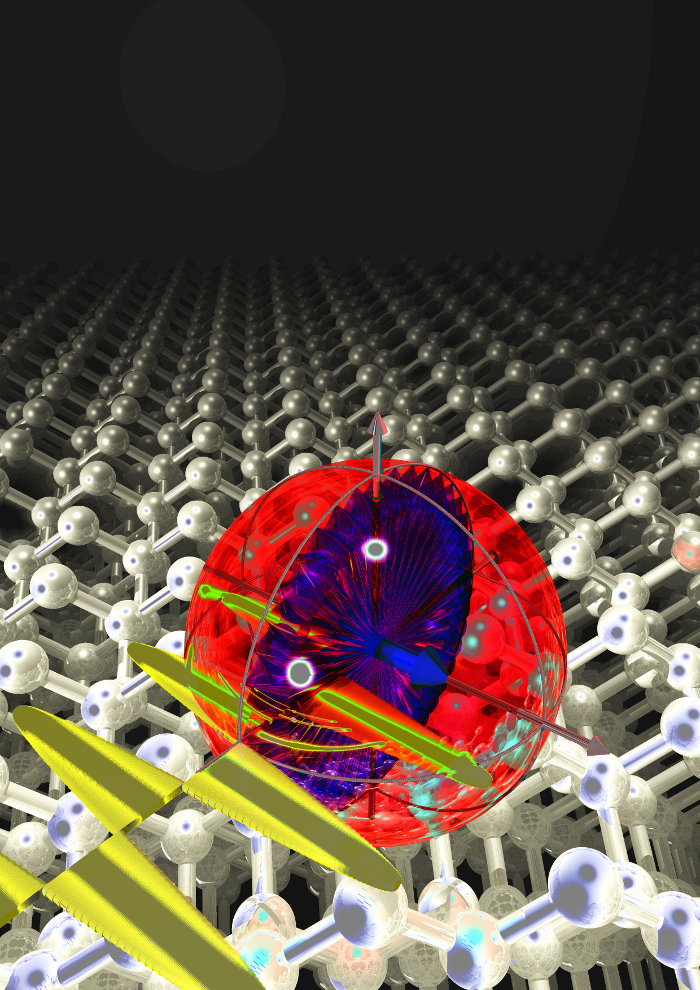Quantum control enhanced
 A new spin control method could bring billion-qubit quantum chips a few steps closer.
A new spin control method could bring billion-qubit quantum chips a few steps closer.
UNSW Sydney engineers have discovered a new way of precisely controlling single electrons nestled in quantum dots that run logic gates.
The new mechanism is less bulky and requires fewer parts, which could prove essential to making large-scale silicon quantum computers a reality.
The serendipitous discovery, made by engineers at the quantum computing start-up Diraq and UNSW, is detailed in the journal Nature Nanotechnology.
“This was a completely new effect we’d never seen before, which we didn’t quite understand at first,” said lead author Dr Will Gilbert, a quantum processor engineer at Diraq, a UNSW spin-off company based at its Sydney campus.
“But it quickly became clear that this was a powerful new way of controlling spins in a quantum dot. And that was super exciting.”
Logic gates are the basic building block of all computation; they allow ‘bits’ - or binary digits (0s and 1s) - to work together to process information.
However, a quantum bit (or qubit) exists in both of these states at once, a condition known as a ‘superposition’.
This allows a multitude of computation strategies - some exponentially faster, some operating simultaneously - that are beyond classical computers. Qubits themselves are made up of ‘quantum dots’, tiny nanodevices which can trap one or a few electrons. Precise control of the electrons is necessary for computation to occur.
While experimenting with different geometrical combinations of devices just billionths of a metre in size that control quantum dots, along with various types of miniscule magnets and antennas that drive their operations, Dr Tuomo Tanttu from UNSW Engineering stumbled across a strange effect.
“I was trying to really accurately operate a two-qubit gate, iterating through a lot of different devices, slightly different geometries, different materials stacks, and different control techniques,” said Dr Tanttu, a measurement engineer at Diraq.
“Then this strange peak popped up. It looked like the rate of rotation for one of the qubits was speeding up, which I’d never seen in four years of running these experiments.”
What he had discovered, the engineers later realised, was a new way of manipulating the quantum state of a single qubit by using electric fields, rather than the magnetic fields they had been using previously.
Since the discovery was made in 2020, the engineers have been perfecting the technique - which has become another tool in their arsenal to fulfil Diraq’s ambition of building billions of qubits on a single chip.
“This is a new way to manipulate qubits, and it’s less bulky to build - you don’t need to fabricate cobalt micro-magnets or an antenna right next to the qubits to generate the control effect,” said Gilbert.
“It removes the requirement of placing extra structures around each gate. So, there’s less clutter.”







 Print
Print